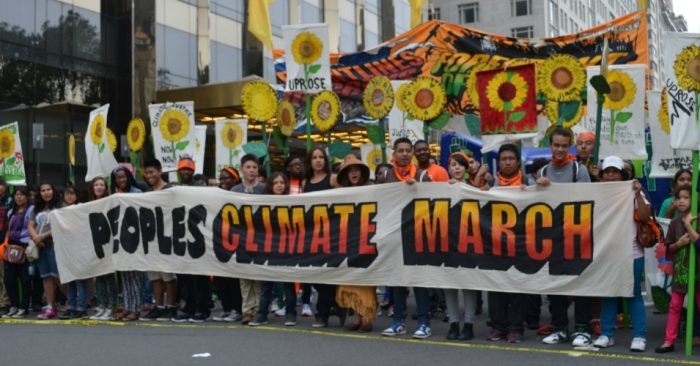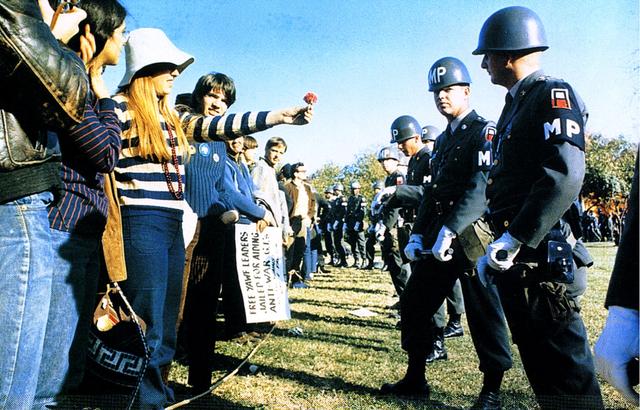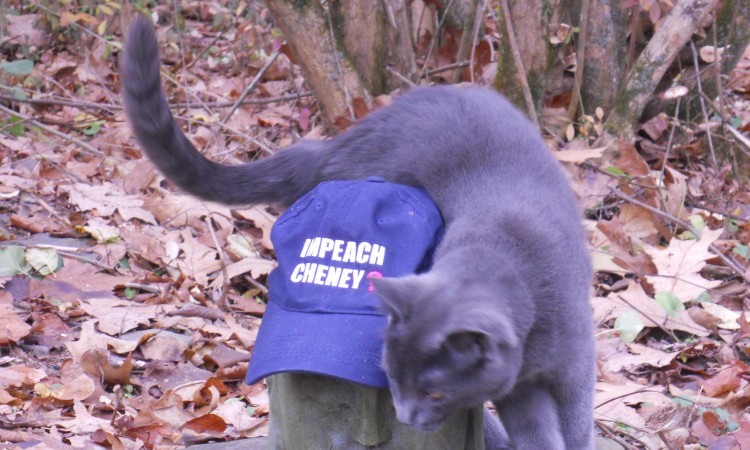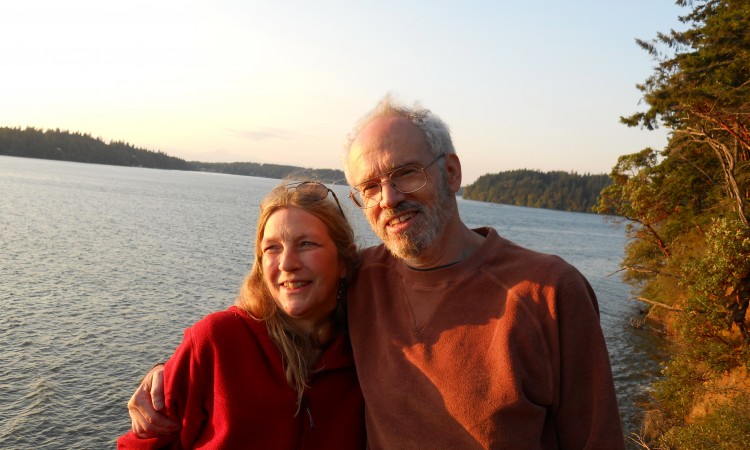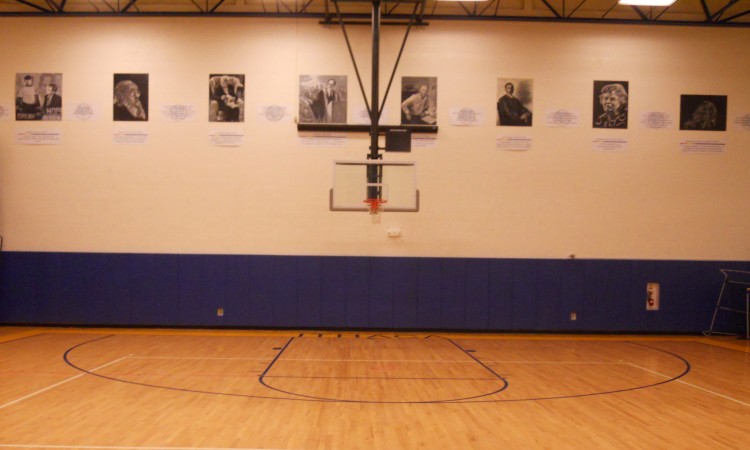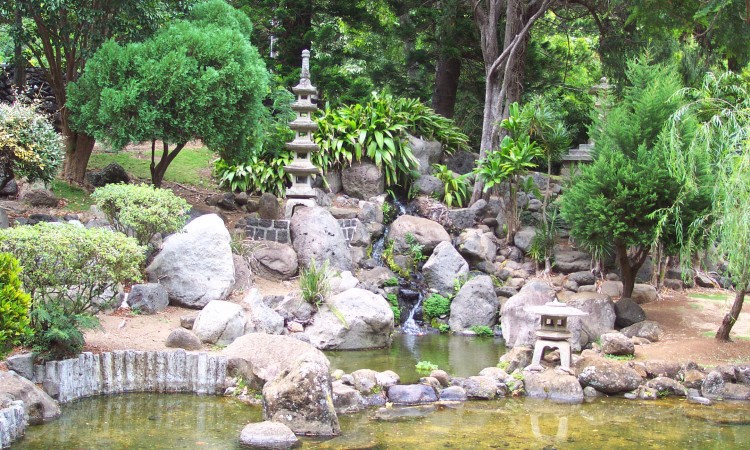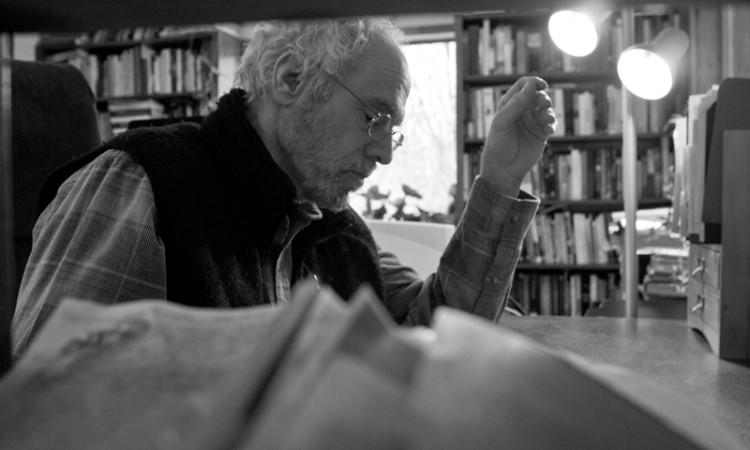Here are three books that I think will help teachers enliven any classroom. The first was published in 2001 and is out of print for the moment but its message desperately needs to be heard. It details how to teach with essential moral questions. The second is a relatively new book (published in 2012) and illustrates how dynamic a course can be that is centered on a moral issue. The third is easily available and gives a Buddhist perspective on morality, and the nature and causes of human suffering.
Moral Questions in the Classroom: How to Get Kids to Think Deeply About Real Life and Their Schoolwork by Katherine G. Simon. This book reminds me of what makes teaching real and learning inherently motivating. Morals: we often think of morals as in moralistic. But morals are what guide our behavior. When we think about reality and try to figure out what’s true, we are usually doing this so we can know how to act most appropriately. So the two questions, what is true and what is moral, are tied together. In fact, many of our most important questions have a moral dimension to them. How shall we live our lives? How should I earn a living? Should I go to college? Should we go to war? What is the best business strategy? Does thinking of my own self-interest help or damage society? Should I tell my mother the truth? How shall I relate to my best friend? Should we build the Keystone pipeline? All of these are moral questions and can excite student engagement. They are easily used to teach critical thinking skills. Kathy Simon spells out strategies for discussing, analyzing, gaining clarity on these often emotion packed questions.
High Schools, Race, and America’s Future: What Students Can Teach Us About Morality, Diversity, and Community by philosophy professor Lawrence Blum, details a rigorous high school course he taught on race and racism. The book shows us how teachers can lead students deeply, sensitively and meaningfully into a burning issue of our time. After reading the book, you can no longer harbor the illusion that racism does not affect you. Classroom discussions are included so the reader is drawn into the class and can actually hear authentic student voices. We often think about how society should educate students. This book illustrates how students can educate society.
Money Sex War Karma: Notes for a Buddhist Revolution, by Buddhist teacher and philosopher David Loy. Why behave and think ethically? What makes an action ethical? What is the tie between ethics and clarity of mind, or unethical behavior and suffering? What are the traps society conditions in us that lead to suffering? For our own health and happiness, we need to understand these traps and free ourselves from them. In Buddhism, ethical understanding and action is tied to mental and emotional freedom. Without such freedom, the very continuance of human life on earth might be threatened. In a very clear and comprehensive manner, David Loy spells out the nature and causes of suffering and the Buddhist path for ending that suffering.
At a time when schools are often criticized for being boring, educationally deficient or just irrelevant, these books show how to change all of that. Excite students with meaningful learning that gives them insight into themselves, their world, and how to act to better that world.


